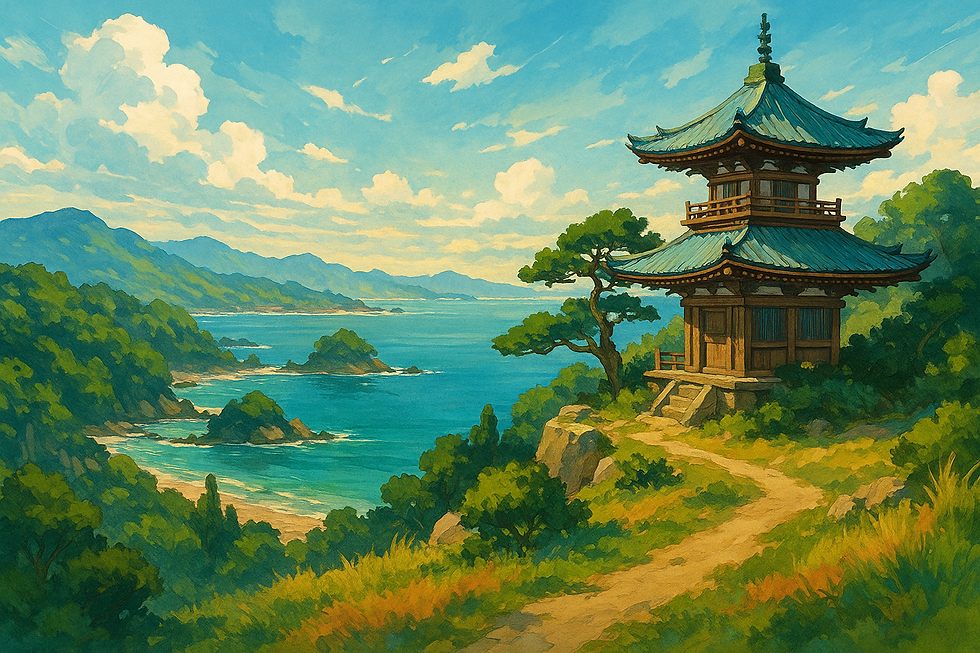Experiencing Japanese Calligraphy Through "Ghost of Tsushima" – Sutra Copying and the Spirit of Bushido
- 清水 芳樹
- 6月29日
- 読了時間: 1分

Introduction
"Ghost of Tsushima," developed by an American game studio, earned great acclaim even in Japan for its faithful depiction of Japanese history and culture. Did you know that the spirit of Japanese calligraphy lives within this game?
Experiencing Sutra Copying In-Game
In "Ghost of Tsushima," players engage in sutra copying ("shakyo") through a mini-game. Sutra copying is closely connected to Japanese calligraphy, traditionally involving carefully transcribing Buddhist scriptures. Players physically mimic the brush-writing motion, naturally drawing them into the calligraphic world.
Commonality of Calligraphy and Bushido
Both calligraphy and Bushido embody an aesthetic of "stillness" and "movement," emphasizing mental discipline. In "Ghost of Tsushima," performing sutra copying between battles symbolizes a samurai's reflection and mental clarity. This representation effectively communicates the spiritual depth of Japanese culture to international players.
Ink Visuals Captivating the World
The game extensively incorporates brushstroke aesthetics and ink effects, from battle titles to scene transitions. The visual representation of ink vividly showcases calligraphy’s aesthetic charm, deepening players' immersion in Japanese culture.
Experience Real-Life Calligraphy
Those captivated by the game's sutra copying and brush movements should experience genuine Japanese calligraphy. Engaging directly with calligraphic artworks will deepen your appreciation of Japan’s profound cultural traditions.
Discover real calligraphy here:



Comments